Actually, contrary to popular believe this diagram doesn't show any valid UML syntax.
Of course, ball and socket notation does exist. The ball defines that the component realizes the shown interface and the socket that it uses the interface. However, joining the ball to the socket has no defined meaning.
That means they have simply been placed near to each other, so that they look as if they are one symbol. It is really unfortunate, that some modeling tools will actually show a symbol like this (please note that plantUML does not qualify as a modeling tool).
Now, some people will tell you that it is a shorthand for a dependency between the socket and the ball. This is not supported by the specification, but let's accept this notion for a moment. What does it mean? Since a ball is a realization and a socket is a usage, the dependency is between the usage and the realization! The specification defines about this:
Creating a wiring Dependency between a Usage and a matching
InterfaceRealization, or between compatible simple Ports, means that
there may be some additional information, such as performance
requirements, transport bindings, or other policies that determine
that the Interface is realized in a way that is suitable for
consumption by the depending Component.
I for my part have never defined "performance requirements or transport bindings" for interface realizations. But if you have, go ahead and use dependencies.
Now, there is one place, where this symbol is allowed: In a composite structure diagram between simple ports. Please note, that this is not an interface realization or usage but a connector with a funny shape.
If the parts have simple Ports (Ports with a single required or
provided Interface), then ball-and-socket notation may be used to
represent assembly Connectors between those Ports. Ball-and-socket
notation may not be used to connect complex (i.e., non-simple) Ports
or parts without Ports.



